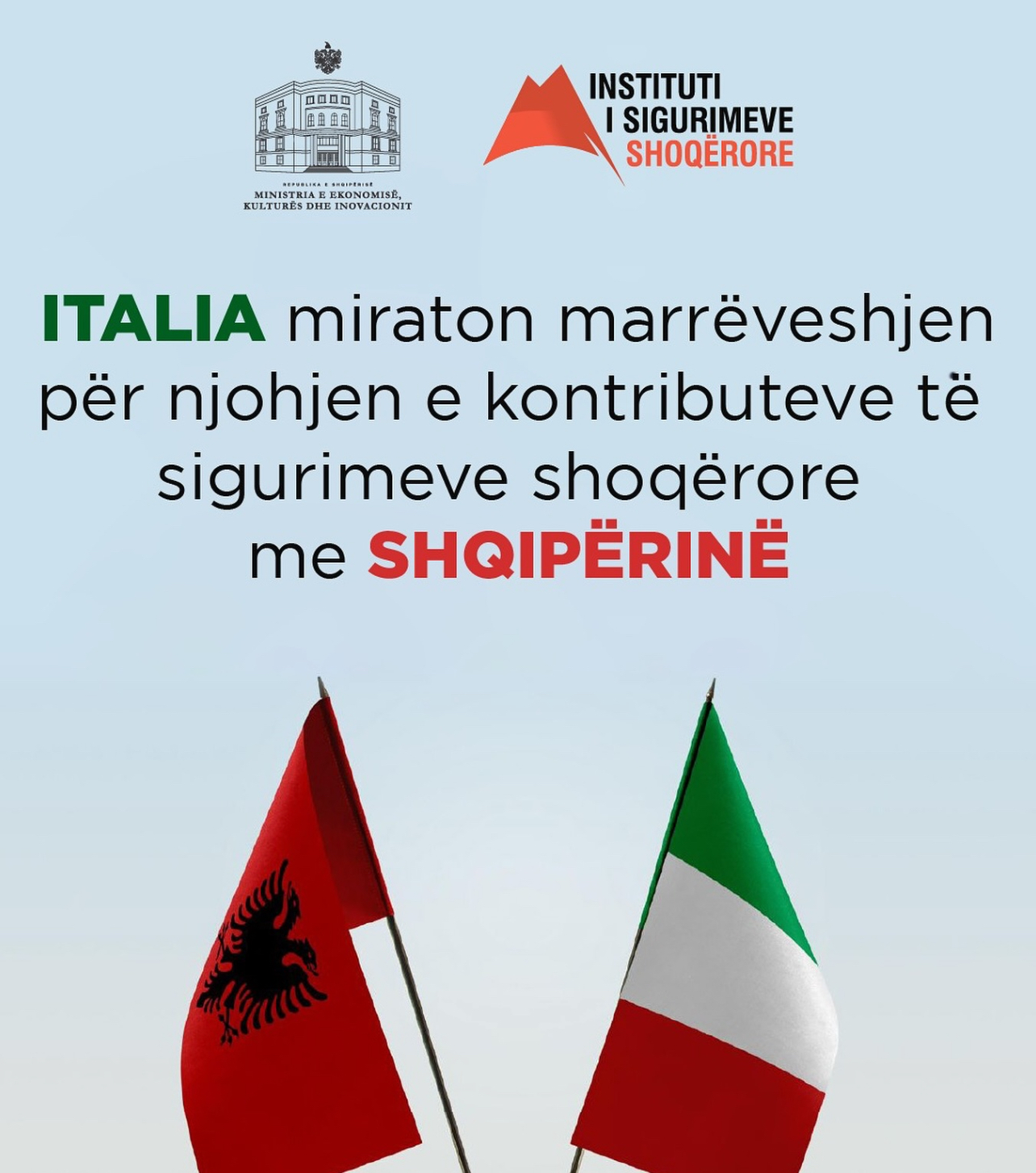Transformation of Educational Infrastructure, Crucial for High-Standard Learning
Transformative investments in educational infrastructure are a key government priority to improve the education system. These investments include not just the construction of new buildings or renovation of existing ones, but also the integration of modern technology to create a state-of-the-art learning environment.
The project aims to transform the Faculty of Geology and Mining at the Polytechnic University of Tirana, which dates back to 1939 and was damaged in the 2019 earthquake. It includes the restoration and reconstruction of two existing buildings, along with a new Geological Museum. The museum will house exhibition spaces, a library with study areas, auditoriums, and technical spaces, dedicated to advanced study. The faculty will also be equipped with laboratories, lecture halls, seminar rooms, and spaces for the scientific council to support both educational and research activities.
Prime Minister Rama visited the site, where work is underway on two fronts: Building A (a historic monument) and the new building (the museum). Minister of Education and Sports Ogerta Manastirliu, who joined the visit, highlighted that the project, valued at about 6 million euros, was developed by the professors themselves in collaboration with the Polytechnic University of Tirana.
“Work began just over a year ago on the rehabilitation and construction of the Faculty of Geology and Mining. This historical monument is being restored, with adjustments made for earthquake-related damages and necessary reinforcements. This is a 6-million-euro investment, with contributions from the Polytechnic University. The building is expected to be completed by December,” she said.
Additionally, that the Faculty of Architecture and Engineering is also being reconstructed, with around 12 million dollars allocated for the project, 70% of which is covered by the state noted Minister Manastirliu.
Meanwhile, representatives of the teaching staff detailed some key features of the project. The complex includes, in addition to the historical building housing two important departments, a four-story building that was severely damaged by the earthquake. This building will be reconstructed while preserving environmental parameters, like temperature control. The addition of a Geological and Mineral Museum is a key part of the plan, with the upper part of the museum including a library and a large hall. The space is designed to be eco-friendly, with a green terrace. Plans also include an open-air museum featuring stones from across the country, placed along a promenade called the “Orbital Forest.”
Prime Minister Rama praised the work done and suggested adjustments to ensure the space remains open to the public without disrupting the educational process.
“This area should be accessible. We need to make it feel like entering a special zone. I suggest adding a stone facade for both protection and aesthetic purposes. This area should feel more geological, and we should find a design that doesn’t disrupt the teaching process while also serving as part of the city. For example, on weekends, the space could be open to the public,” he stated.



